#35: Tech Transfer: Adding the reach to research through commercialization
ERDCWERX and ERDC’s Office of Research and Technology Transfer (ORTT) are accelerating innovation for the Warfighter and the nation. Through its collaboration with ERDCWERX, ERDC is expanding the Army’s ability to quickly adopt, adapt and deliver technologies that enhance readiness, strengthen protection, and provide dual-use solutions for both military and civilian applications. We explore how…
Read MorePodcast: Play in new window | Download
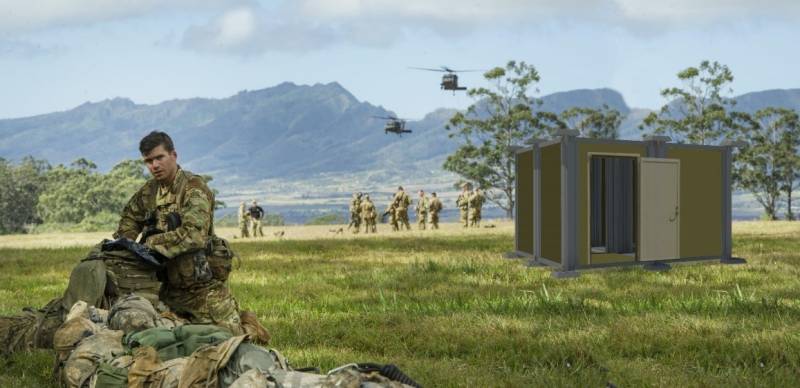
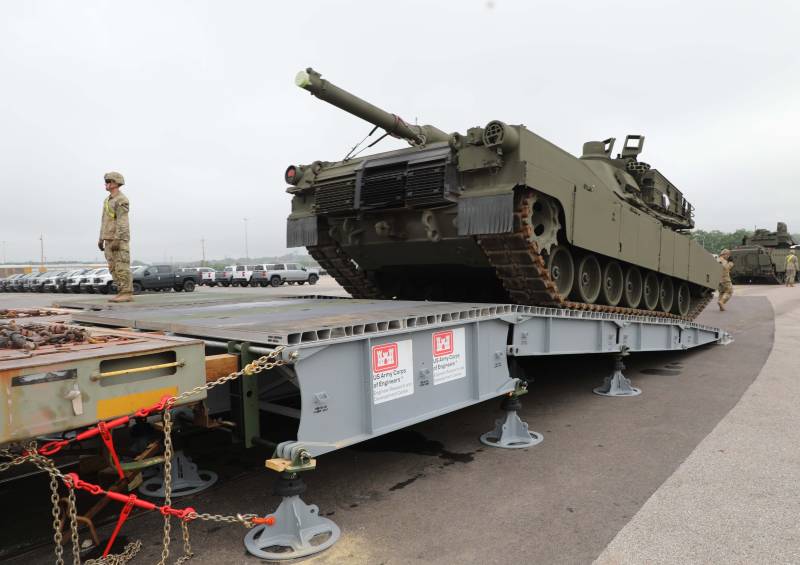
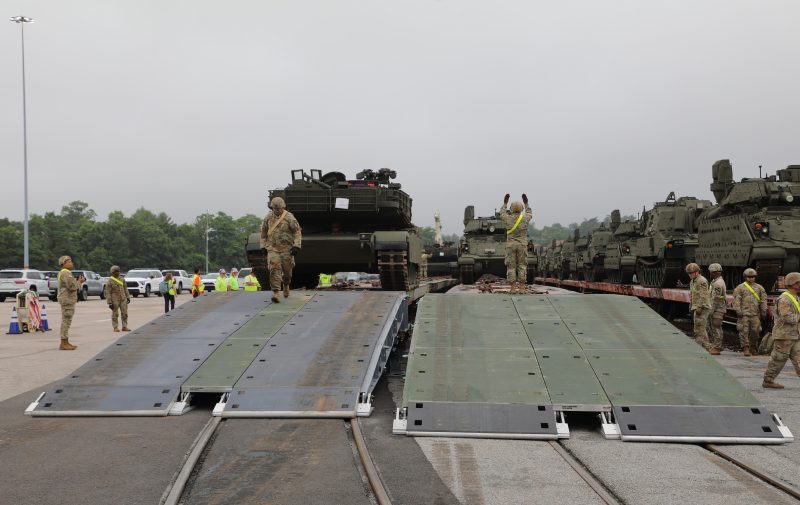
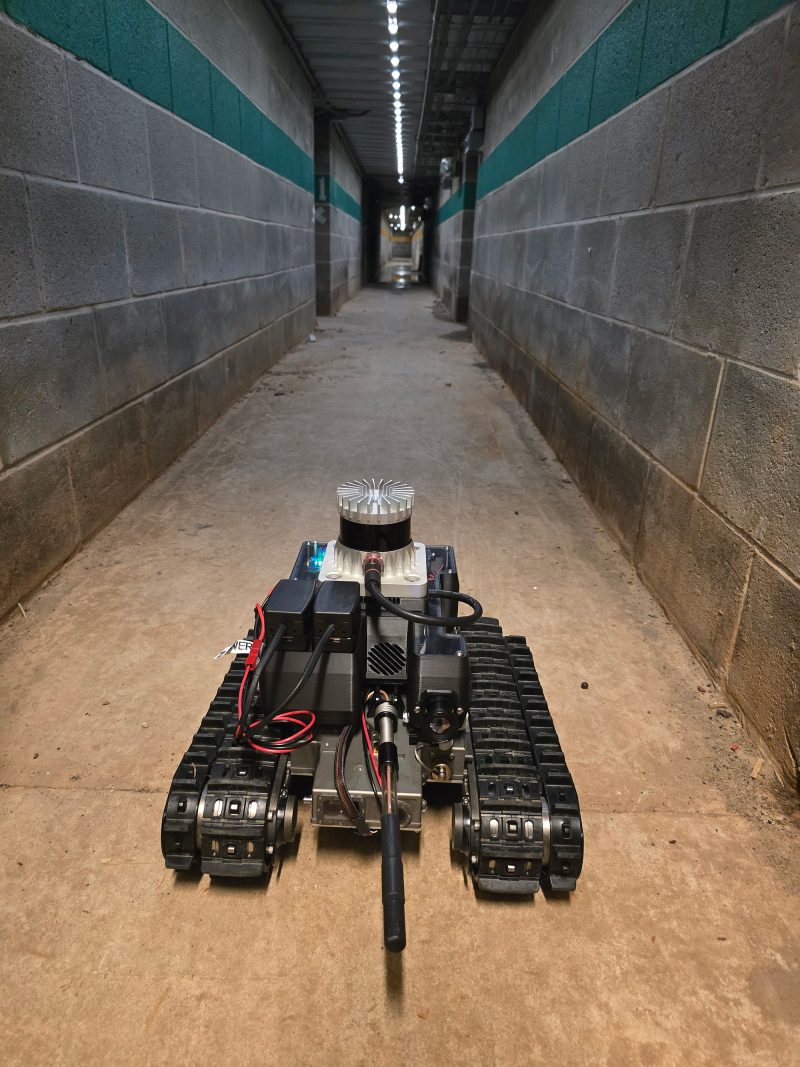

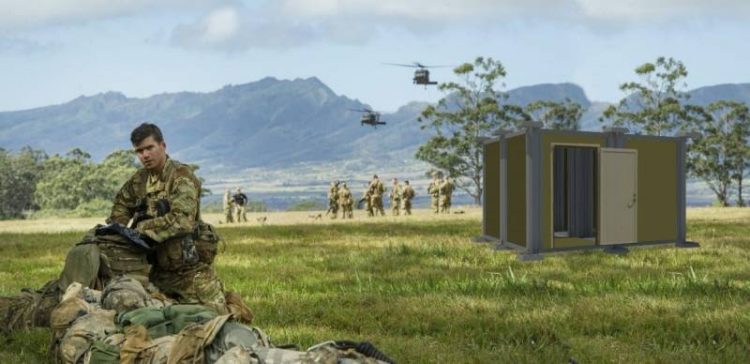
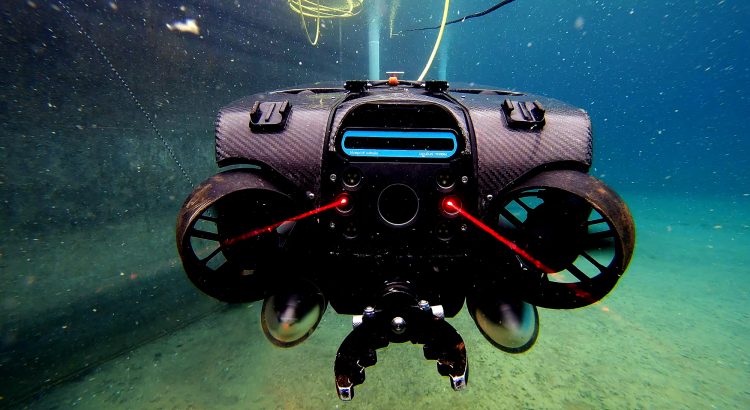
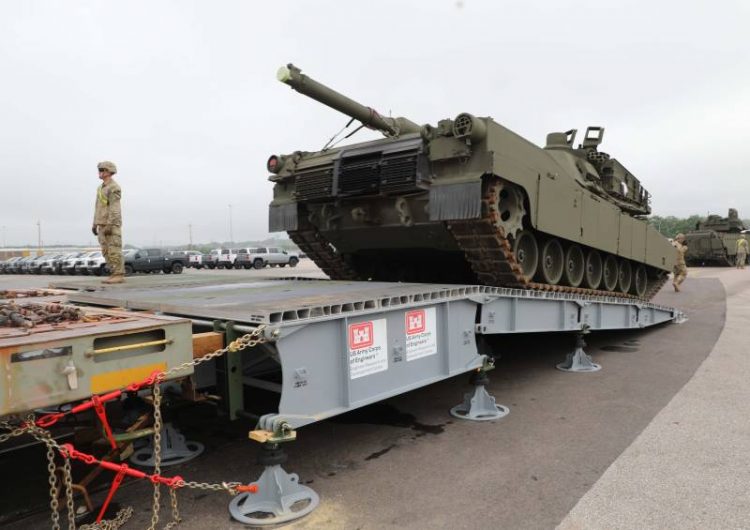
Recent Comments